When establishing a new lawn or fixing an existing one, a homeowner has two choices: lay sod or plant seed. The seed vs. sod debate has been going on for decades among neighbors, each and everywhere in the world.
Even though it is more expensive than planting seed, laying sod helps homeowners create an instant lawn. Sod comes with reasonably sized grass blades that allow the fresh sod to absorb the power of sun and proliferate in its new home. This article about new sod turning brown will teach you how to fix it.
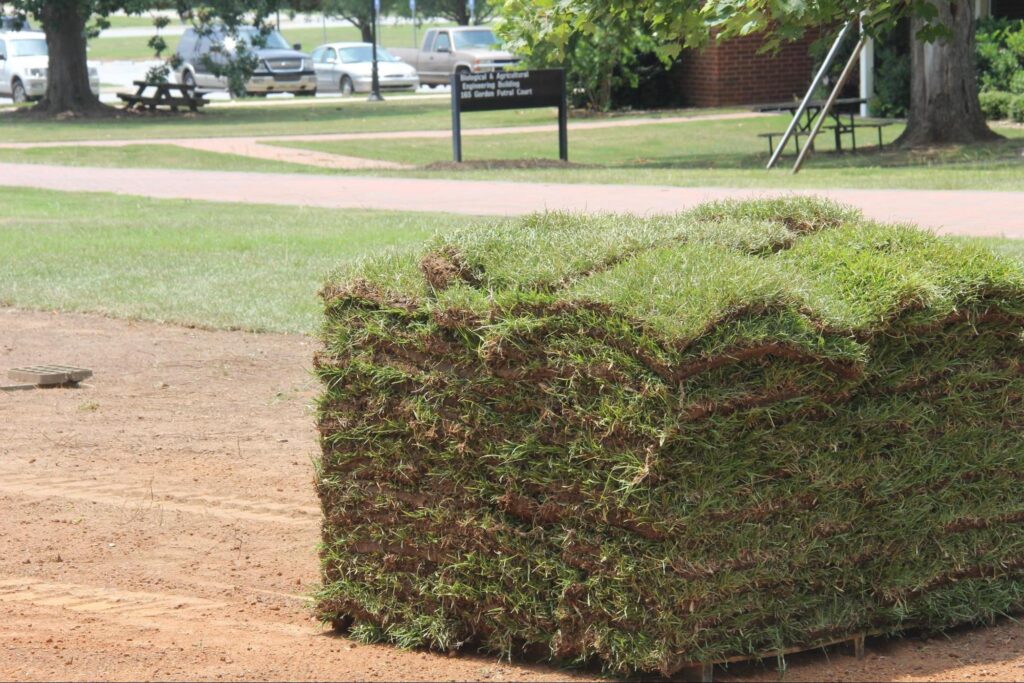
New sod has a shallow root system. So, ensure deep watering in the first few weeks.
Before long, sod roots start taking hold of the soil beneath and turning the brown patches once green again. However, sod installation comes with its own set of challenges.
Fresh sod requires well-maintained lawn conditions to reach its full potential, such as adequate watering and proper fertilizer application. In addition, landscaping problems such as compacted soil, too many air pockets between sod and earth, and prolonged dry conditions can also render the sod useless very quickly.
Thankfully, most sod issues are fixable, especially in the early stages. So, if you have spotted a brown patch on your newly installed sod and are wondering if you did something wrong, we are here to help you figure it out and fix it!
Why Is My New Sod Turning Yellow & Brown?
Using sod is one of the quickest ways of turning bare spots or brown patches into a lush green uniform lawn. However, yellow or brown spots can still appear on your expanse of green if the sod does not receive proper care post-installation.
If the sod turns brown, it may or may not be salvageable, but you should at least know what caused the problem. In addition, it will help you avoid running in the same situation during the next sod installation. So, watch out for these common causes of the sod turning brown:
Inadequate Watering
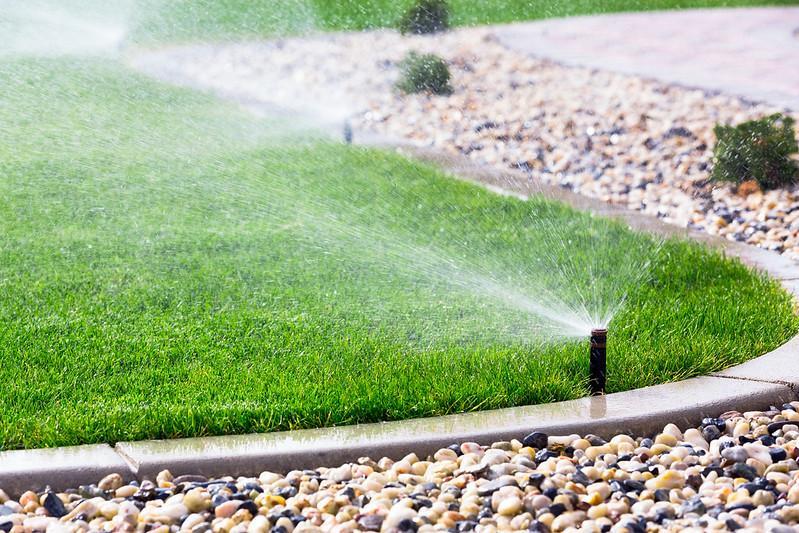
Due to shallow roots, new sod needs more water than established grass.
It should come as no surprise that the fresh sod has a hard time absorbing water because of its tiny puny roots. So, you will have to ensure that it receives enough water or you risk harming the new grass plants. We suggest that you water long and deep but infrequently.
It will help the new plants establish a robust root system, increasing the lawn’s drought tolerance later on. Watering frequency should be set at around twice per day for the first week after installing the sod.
During the second week, reduce watering to once per day, and during the third week, water your sod every other day.
However, do not overwater your sod. Too much water, like too little water, is also harmful to the new grass. Water standing over the surface for long periods can create soil compaction and aeration issues. It can also make the fresh grass more prone to fungal and other lawn diseases.
RELATED: How To Revive St. Augustine Grass | Why Is My St. Augustine Dying
Improper Fertilization
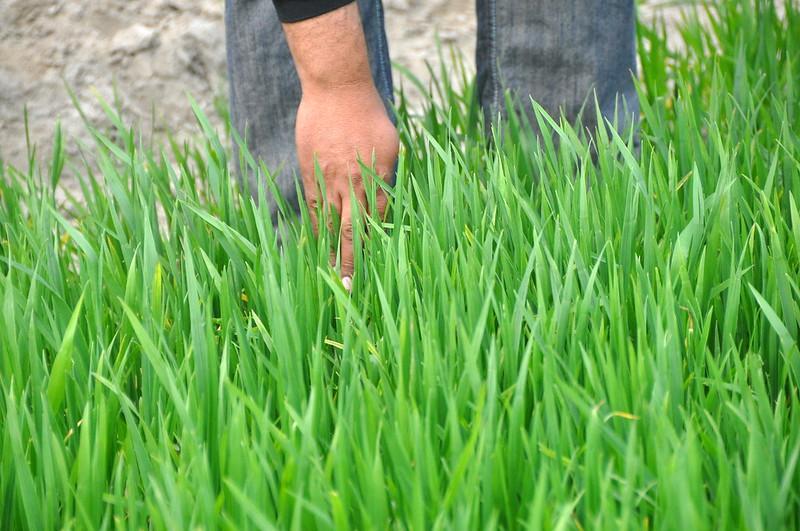
Even if you lay sod perfectly, too little or too much fertilizer can still ruin it.
Adding too much or too little fertilizer is another reason why the sod might turn yellow or brown. For instance, if you add excessive fertilizer, it can disrupt the soil composition and chemistry.
An abnormal increase in the concentration of some salts and nutrients makes it harder for the roots to absorb water and other valuable materials.
Excess fertilization can also cause lawn burns, making the leaf blades turn brown. Therefore, we highly recommend getting a soil test if you are planting sod in new soil or an existing yard.
A soil test can provide you with a lot of critical information on soil composition. This will help you choose the proper type of fertilizer for your yard.
Before Time Mowing
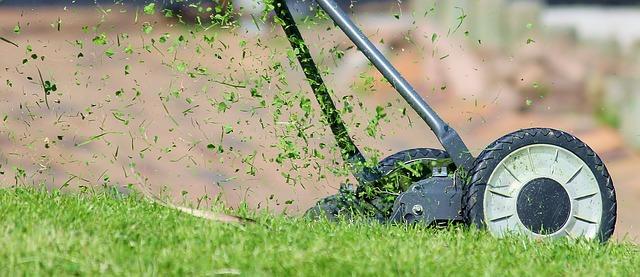
Mowing when the roots haven’t been fully established can damage or even kill the sod.
Another reason why you might see your sod turn brown is premature mowing. When you mow too early, it can put stress on the sod. This is because the sod has not yet developed full-fledged roots and is not well established in the soil.
Mowing the yard at this stage will pull out the sod or, at least, reduce the soil connection, resulting in your sod’s death.
In addition to that, the weight of a lawn mower can also put stress on the fresh sod, leaving it weakened and exhausted. Therefore, it would be best to wait a few weeks before mowing the newly sodded yard.
RELATED: How to Plant Bermuda Grass | Bermuda Grass Growth Stages and Care
Soil Quality
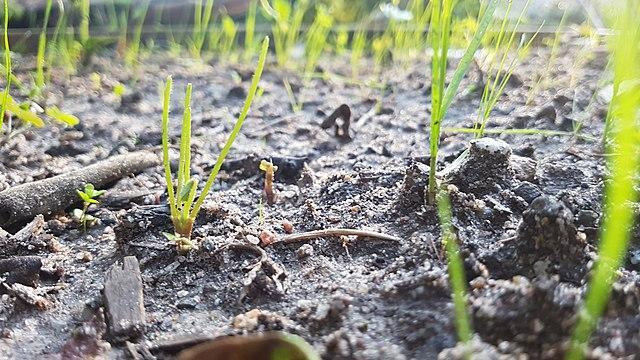
If the soil quality of your lawn is compromised, so will be anything that you grow in it.
Soil quality arguably plays a more significant role in grass growth than any other factor. If the soil is compacted or needs aeration, the sod will never be able to develop a proper root system. If the soil has too low or too high a pH, it will also affect the growth of the sod negatively.
Weeds in the soil could also diminish the yard’s ability to harbor a healthy growing sod. Unfortunately, people often ignore these simple-to-fix issues, resulting in their sod turning brown or yellow soon after installation.
Poor Installation
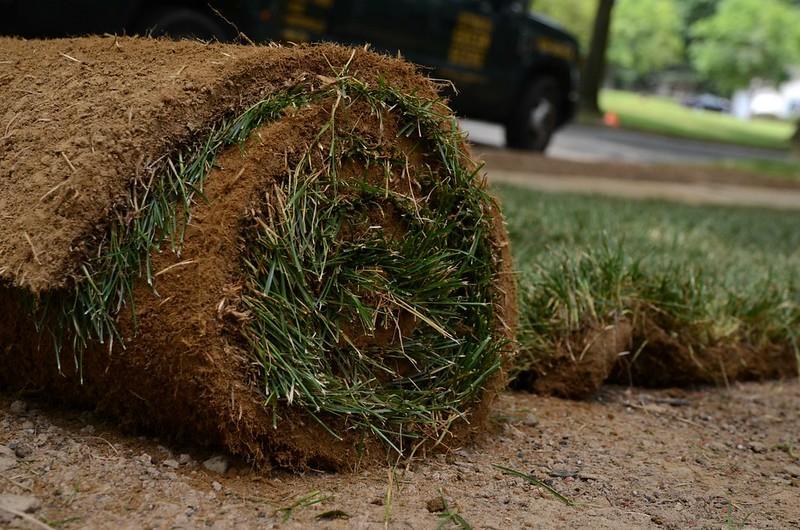
Fill any air spaces or holes between sod and soil to ensure maximum growth.
Installing sod incorrectly or at an inappropriate time of the year can also be why your sod is turning brown. For instance, if you plant the sod of a cool-season grass in the summer, it will go dormant when the heat becomes too extreme. The result will be your sod dying or turning brown as dormant grass stops almost all of its metabolic activities.
Improperly installing the sod could also have similar effects. For instance, when laying sod, if you leave too many spaces between the newly laid sod and soil, the roots will never be able to fully establish, which will compromise the integrity of your sod.
How Do You Fix New Sod That Is Dying?
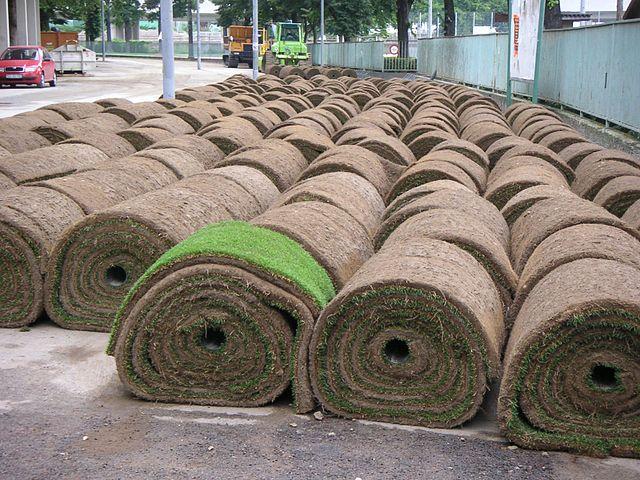
Implement a proper lawn care plan to keep your sod from dying.
The first and foremost thing that needs to be done when you spot dying sod is to figure out the exact underlying reason. Once you have done that, treating the dying sod will be much easier, and you will have far better and quicker results than if you try fixing things at random. Nonetheless, here are a few measures that you can take to fix a dying sod:
- Check to see if there are any compaction issues in your yard. If so, core aerates your yard, which will resolve compaction issues and enable the water, air, and nutrients to reach deeper into the ground.
- If the sod turns yellow because of the air pockets between sod and the soil, lift the parts where the sod is browning and fill up the space. You can use topsoil or compost to do the job, which will also add organic matter to your yard.
- If the sod has turned brown due to premature mowing, skip a few mowing sessions and let the grass come out of stress.
- If you are looking to revive sod that has turned brown due to pests or fungus. Use a proper pesticide or a fungicide. Also, make sure to eliminate the reasons behind the fungal or pest infestation.
- Make sure that you sod your yard at a proper time or during the peak growing season. Ensure that your fresh sod receives enough moisture and fertilization to keep going.
Frequently Asked Questions (FAQs)
Can brown sod be saved?
Unless entirely dead, the brown sod can be revived if a proper lawn care plan is put in place and the underlying problem is fixed. The restoration will largely depend on the factor that caused the sod in your lawn to turn brown.
Is it normal for new sod to turn brown?
If you see the sod turn brown, it means there is something wrong. Either the sod is not getting adequate watering, or roots are not being properly established. However, if the sod is planted at the wrong time in the year and the grass enters dormancy, it is normal to turn brown.
How long does it take for brown sod to turn green?
If you quickly fix the problem that caused the sod to turn brown, it should take anywhere between one to two weeks for the sod to turn green.
Can you overwater new sod?
Prolonged wet conditions can promote fungal growth and increase soil compaction issues, which will harm the sod. So, it is not suggested to overwater new sod or even an established lawn.
How can you tell if sod is dying?
Here is a quick test to see if your sod is dormant or dead. Try pulling it with your hand; if it tugs, it is dormant. However, it is probably dead if it comes flying off in your hand.
Sources For Further Reading
- Sod Installation and Maintenance | Mississippi State University Extension Service. (2022). Retrieved 1 May 2022, from http://extension.msstate.edu/publications/sod-installation-and-maintenance
- Seeding and sodding home lawns. The University of Minnesota Extension. (2022). Retrieved 1 May 2022, from https://extension.umn.edu/lawn-care/seeding-and-sodding-home-lawns
- Starting a New Lawn | University of Maryland Extension. (2022). Retrieved 1 May 2022, from https://extension.umd.edu/resource/starting-new-lawn
Do you like this article about new sod turning brown? Check out more of our awesome articles:
How To Revive St. Augustine Grass | Why Is My St. Augustine Dying
Top 10 Super Easy And Effective Ways Of Fixing A Muddy Yard
11 Outdoor Foliage Plants To Arrange Your Garden Like A Professional Landscape Designer







